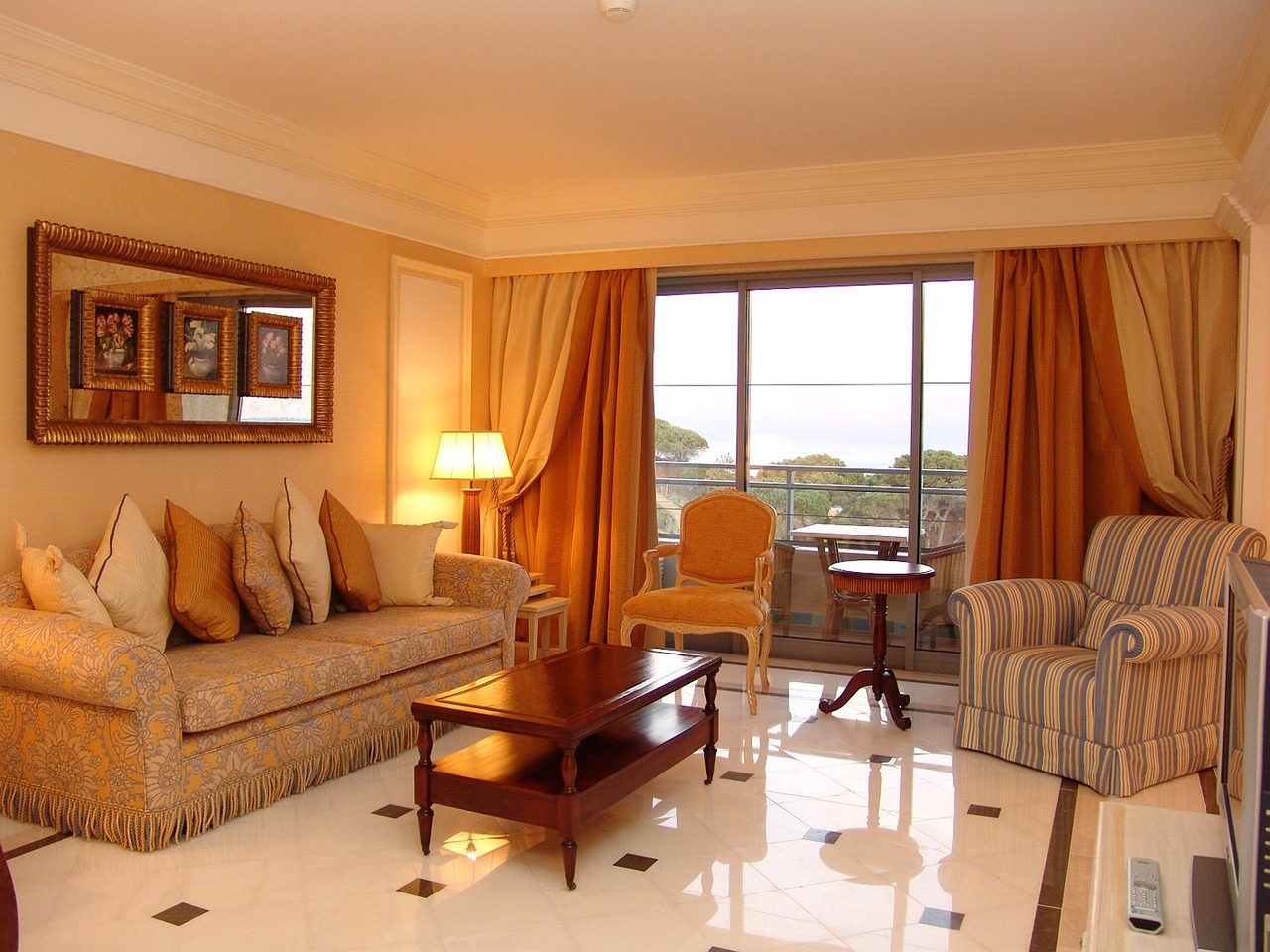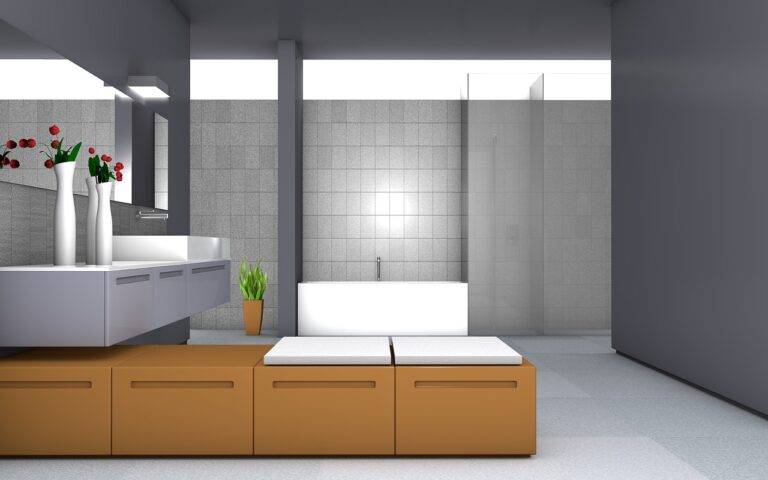Creating a Relaxing Meditation Space at Home
Determining the ideal location for relaxation and productivity is crucial when designing a space that promotes well-being. Natural light plays a key role in creating an inviting atmosphere, so choose a spot that receives ample sunlight during the day. Additionally, consider noise levels in the area to ensure a peaceful environment for unwinding.
When selecting a location, think about the purpose of the space. If it’s meant for relaxation, opt for a quiet corner away from high-traffic areas. On the other hand, if the space is intended for creativity and focus, find a spot with minimal distractions. Keep in mind that the right location can significantly enhance the overall experience in the space, so take the time to carefully evaluate your options.
Choosing Calming Colors
When selecting colors for a space, it is essential to consider the mood and ambiance you want to create. Calming colors can help promote relaxation and tranquility in a room. Soft blues, greens, and neutrals are often recommended for their soothing effects on the mind and body. These hues can evoke a sense of serenity and provide a peaceful atmosphere in your living area or bedroom.
In addition to the color itself, the intensity and saturation of the hue should also be taken into account when choosing calming colors. Opting for softer, muted shades rather than vibrant tones can contribute to a more harmonious and serene environment. Keep in mind the natural light in the room as well, as it can influence how the color appears throughout the day. Experiment with different swatches to find the perfect calming color that resonates with you and complements the overall decor of the space.
Selecting Comfortable Seating
When choosing seating for your space, comfort should always be a top priority. It’s essential to consider the functionality of the seating and how it will be used on a daily basis. Whether you opt for a plush sofa, cozy armchairs, or ergonomic office chairs, ensure that they provide adequate support and are inviting for extended periods of time.
Additionally, the size of the seating should be proportionate to the available space. Overcrowding a room with large furniture can make it feel cramped, while too much empty space can lead to a lack of coziness. Find a balance that allows for easy maneuverability and encourages social interaction without sacrificing comfort.





